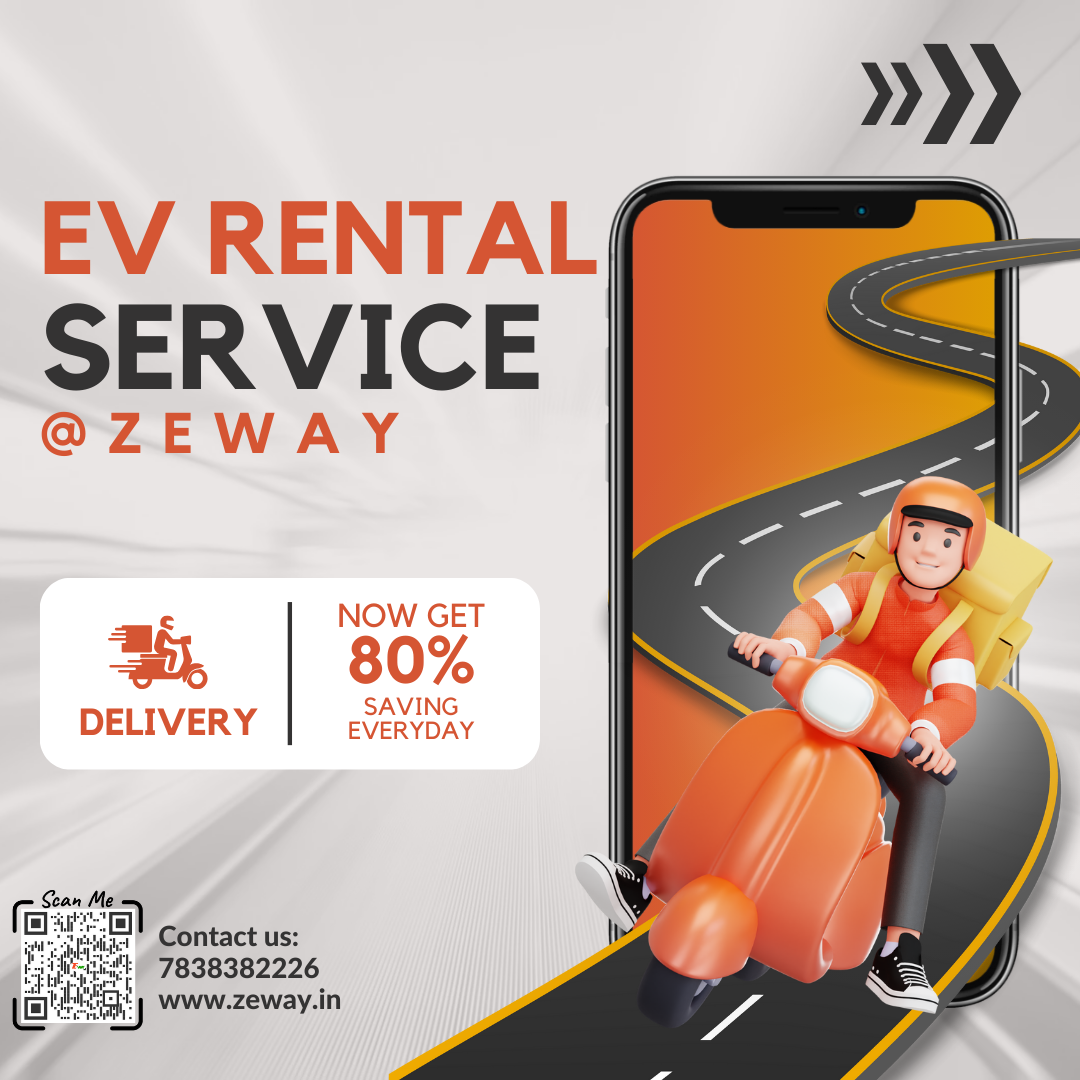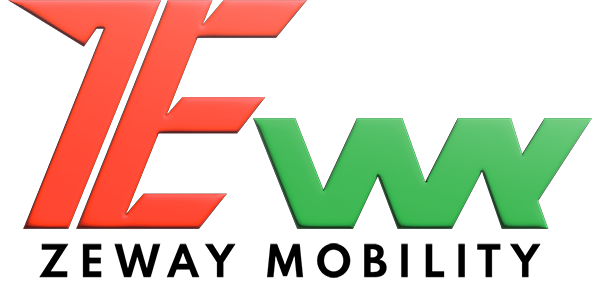
Electric scooters and e-bikes are generating excitement in the last-mile delivery industry, with promises of eco-friendlier and quieter urban deliveries. However, their ability to tackle existing challenges faced by riders and companies needs a closer look.
Cost is a Factor, But It’s a Bigger Picture
It’s true that upfront costs for e-scooters and e-bikes can be a deterrent. For individuals or smaller businesses, the initial expense of going electric might seem less appealing than sticking with familiar fossil fuel-powered alternatives.
However, the issue goes beyond cost. There are other obstacles to consider:
- Capacity Concerns: Standard e-scooters aren’t designed to carry numerous packages. Cargo e-bikes offer a potential fix, but their availability and price point aren’t always ideal.
- Limited Range: While nimble, e-scooters and e-bikes may not cover the same distances as their fossil fuel counterparts. This can be problematic for deliveries spanning larger areas.
- Charging Challenges: The scarcity of readily available charging stations can cause major disruptions for riders’ mid-delivery.
Renting E-Scooters: A Solution with Multiple Benefits
Renting e-scooters and e-bikes could be a game-changer, and not solely for financial reasons. The primary advantage of renting is that it eliminates the need for a substantial initial investment, thereby making electric vehicles more accessible to a wider range of riders and companies. This increased accessibility can help democratize the use of eco-friendly transportation, allowing individuals who might not have the capital to purchase their own e-scooter or e-bike to still participate in the green movement. Furthermore, rental fleets often offer a diverse array of options, enabling delivery workers to select the model that best suits their specific needs. Whether they require larger cargo capacity for transporting goods or a longer range to cover extensive delivery routes, rental services can cater to these varying requirements.
A significant concern for electric vehicle users is range anxiety, the fear of running out of power before reaching a charging station. A well-structured rental model can address this issue effectively by allowing riders to easily swap their vehicles for fully charged ones during their shifts. This system ensures that delivery workers can maintain their productivity without the constant worry of their vehicle’s battery depleting. Moreover, the responsibility of maintenance and upkeep falls on the rental companies, not the individual riders. These companies typically ensure that their fleet is in optimal condition, performing regular maintenance and necessary repairs. This approach minimizes downtime for riders, as they do not have to deal with the hassle and expense of vehicle upkeep. Overall, the convenience, flexibility, and reliability provided by renting e-scooters and e-bikes can significantly enhance the efficiency and appeal of using electric vehicles for delivery services and personal transportation alike.
To truly transform last-mile delivery, rental services can offer more than just vehicles:
- Strategic Partnerships: Collaborate with delivery companies to offer tailored rental packages or discounts for their workers.
- Charging Network Expansion: Partner with businesses or establish charging points in high-delivery zones to make charging convenient.
- Incentive Programs: Implement loyalty programs or usage-based discounts to encourage long-term rentals.
The Path Ahead:
The landscape is evolving. The market is seeing an increase in affordable e-bikes and e-scooters specifically designed for deliveries. Governments and businesses are recognizing the advantages of e-mobility and offering incentives. While challenges persist, the growing momentum indicates that electric two-wheelers are poised to play a major role in the future of last-mile delivery. NITI Aayog estimates India has 7.7 million gig workers, which it expects will swell to 23.5 million by 2029-30. They are in various sectors in the economy, we will see delivery riders delivering food items then they started delivering groceries and medicines and now they are into delivering parcels from Point A to Point B.
Here’s how ZEWAY Mobility’s IoTtM empowers delivery business industry:
- Track It All: Never lose sight of your vehicles or riders again. Our system provides real-time location tracking, giving you complete visibility into your entire operation.
- Smarter Routes, Less Waiting: Optimize delivery routes and reduce wasted time stuck in traffic. IoTtM helps identify and avoid bottlenecks, ensuring faster deliveries and happier customers.
- Predict and Prevent Problems: Don’t wait for breakdowns to happen. IoTtM monitors your vehicles’ health, allowing you to identify potential mechanical issues before they become major problems. This reduces downtime and keeps your fleet on the road.
- Safety First: ZEWAY Mobility prioritizes safety. Our system monitors rider behaviour and vehicle performance in real-time, providing valuable feedback on driving habits and potential safety concerns.
- Data-Driven Decisions: Gain valuable insights into your operations with real-time data on vehicle performance, power usage, rider conduct, and more. This data allows you to make informed decisions that improve efficiency and profitability.
- Also provides battery swapping solutions at cost effective rates at Delhi NCR & Lucknow are now available.
In Conclusion:
Renting e-scooters is more than just a cost-effective solution; it’s about tackling practical hurdles and making the transition to electric mobility a smooth process for delivery riders. By combining strategic rental practices with market growth and supportive policies, we’re building a greener and more efficient future for last-mile delivery.
Please follow our Social handles for more details:
https://www.linkedin.com/company/zeway-mobility/
https://www.facebook.com/zeway.in/
https://www.instagram.com/zeway.mobility/
#LastMileDelivery #DeliveryEcosystems #eBikeRental #eCommerce
